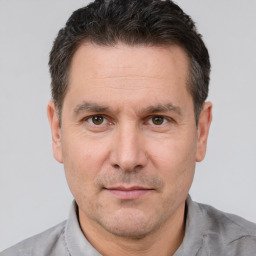Roccasicura
Roccasicura: an anciently named town
Roccasicura is an Italian town located in the province of Isernia, in the Molise region. Its name has undergone several evolutions over the centuries: in the Norman-Longobard era it was known as ''Roccha Siconis'', while in the 12th-13th centuries it became ''Rocca Siccem'', ''Rocca Cicuta'' or ''Ciconia''. In the 16th century, with the establishment of the Universitas, the name became Rocca Sicura. Today, the town has 484 inhabitants.
History of Roccasicura
Built in the 10th century in Longobard style, the village of Roccasicura arose around the castle of Sicone I of Benevento. Over time, it passed to the Borrello di Agnone and later to the Angevins. Despite the earthquake of 1456, the village withstood the disaster, but the castle collapsed before 1732.

Symbols
The coat of arms and flag of Roccasicura were granted by a decree of the President of the Republic in 1999. The flag is made up of a cloth divided into blue and red.
Monuments and places of interest
One of the places of interest in Roccasicura is the Porta del Castello, which led to the medieval castle. Today, following the earthquakes that have affected the area, the door is the only part that remains of the castle. A turret of the castle still survives today, but has been incorporated into the town hall. The church of San Leonardo, on the other hand, is still intact. Founded by the Longobards, it underwent a Baroque renovation, but still retains the Romanesque-style portal. Some of the elements inside the church, such as the 11th-century baptismal font and the altar dedicated to San Leonardo, date back to the Middle Ages.
Demographic evolution and administration
The town of Roccasicura has experienced a demographic decline in recent decades. Today, it has only 484 inhabitants. As for administration, there is no specific information in the text.
Conclusions
In summary, Roccasicura is a town in Molise that stands out for its medieval roots. The village, which was a fief of Sicone I of Benevento, has undergone several earthquakes over the centuries, but some parts of its artistic heritage are still intact. The Porta del Castello, for example, is the only part that remains of the medieval castle, while the church of San Leonardo, founded by the Longobards, underwent a Baroque renovation. The history of Roccasicura is an opportunity to discover an unexplored piece of land.
